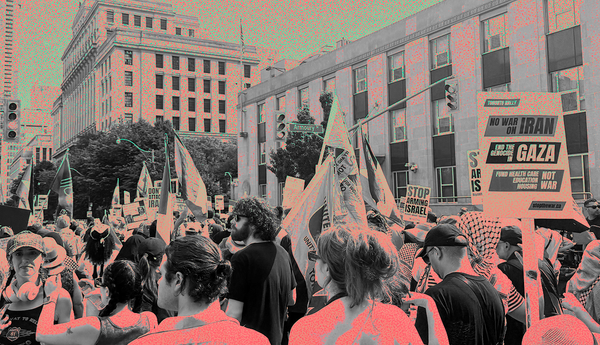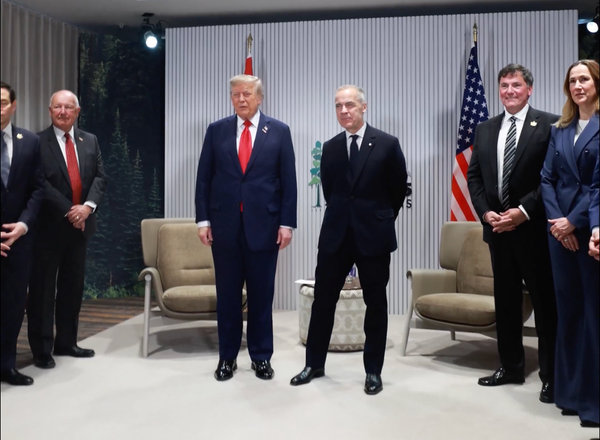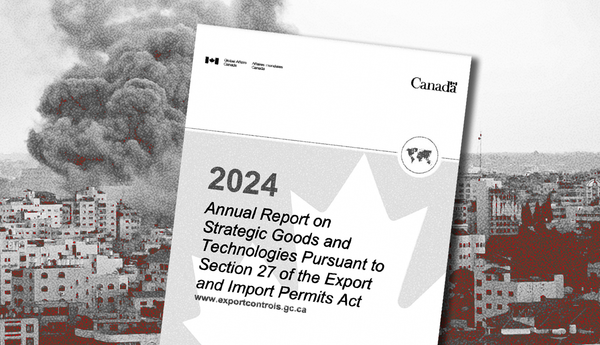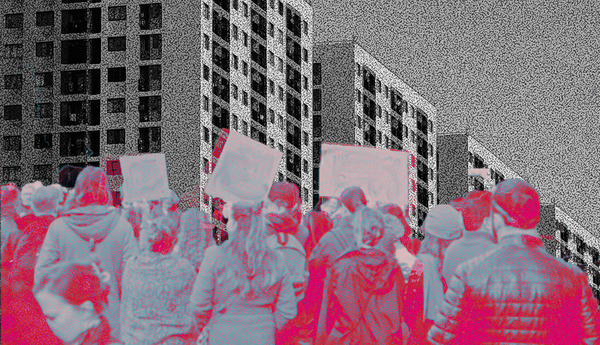On May 7, Global News quoted an analyst who said that gas prices would likely surge above $2.10 in Southern Ontario before the end of the month. Just over a week later, on May 16, prices for a litre of regular unleaded gas had hit an average of 207.2 cents across the province.
As this surge lands in the middle of the Ontario election, just as it did in the 2018 election, Doug Ford’s Progressive Conservatives and the ONDP have made promises to reduce the cost of gas.
In 2018, one of Ford’s key promises was to reduce the cost of gas by 10 cents per litre. To do this, he promised to eliminate a carbon tax that the previous Liberal government had implemented and reduce other provincial taxes.
When questioned by the Toronto Star about the $1.9 billion that would be lost in provincial revenues as a result of the tax cut during the 2018 election, a staffer said that no one would notice the lost revenues as the programs that were funded by those revenues would be cut at the same time.
By the time that Ford was elected in June 2018, gas cost 134.6 cents per litre in Toronto and 140.6 cents per litre in Thunder Bay.
Ford did cut the carbon tax, which reduced the cost of fuel by 4.3 cents per litre, but removing this tax meant that the federal carbon tax was levied on Ontario gas prices.
Out went the provincial sum of 4.3 cents and in came a new cost of 4.4 cents per litre levied by the federal tax, effectively cancelling out Ford’s cut.
From 2012 to 2020, the average cost of federal and provincial taxes on gas in Canada have ranged from 38 to 42 cents per litre, only consistently jumping above 40 cents after January 2020.
This election, the ONDP has promised to cancel Ford’s gas tax cut.
Global oil prices are far outside the Ontario government’s realm of power. Analysts point to a range of factors, including the war in Ukraine and increased demand as we move into the third year of the pandemic, as reasons why gas costs so much.
But the high cost of gas is an important pocketbook issue that politicians know they can score political points with.
If you drive a 2020 Toyota Highlander, you’ll pay $140 to fill up the vehicle's 68-litre tank in Southern Ontario.
Ford F-Series pickups were Canada’s most popular vehicle in 2021. To fill up a Ford F150, the lowest you can expect to pay if you have the smaller of the three engine sizes, available at 87 litres, is a stunning $180.
If you live in Timmins, and you have an F-Series vehicle with a diesel engine, filling up the 87-litre tank will cost $201.
Even though Doug Ford came nowhere near reducing the cost of gas over the course of his last four years in power, he has made the promise again for the current election.
On April 14, the “Tax Relief at the Pumps Act” bill received royal assent just 10 days after it was introduced. It will temporarily reduce gas taxes by 5.7 cents per litre starting on July 1 for six months.
Canada’s gas tax rates are already extremely low compared to Japan, France, the U.K. and Germany. Taxes in Japan are double what Canadians pay and taxes range between $1.287 to $1.388 per litre in France, the U.K. and Germany.
But with global forces hiking the cost of gas, measures that cut how much tax Ontarians pay at the pumps will do very little to actually reduce costs.
Perhaps that’s why Ford has also embraced electric vehicles this election. His government has boasted that it has committed $14 billion for “the production of hybrid and electric vehicles, batteries and component production.”
The PC party is pairing this promise with a commitment to expand mining in Northern Ontario to pull precious metals out of the earth that can be used in the production of new vehicles.
In March, the ONDP moved a private members’ bill to require the Ontario Energy Board to regulate the retail price and wholesale mark-up of petroleum products, as exists in other provinces, including Quebec where the average price of gas is slightly higher than in Ontario.
Wholesale and retail margins are consistently higher in Northern Ontario. The cost of crude oil alone is 83.8 cents per litre, but the retail margin is as high as 17.4 cents per litre in Thunder Bay compared to 9.2 cents per litre in Toronto. The ONDP argues that a regulatory board would be able to flatten some of these inequities.
The promise to regulate prices is the only one in the ONDP’s platform that would deal with gas prices specifically.
The ONDP, like the PCs, have consistently promised that they would try to make visits to the pumps more affordable. Just before the May long-weekend in 2018, leader Andrea Horwath told journalists that an ONDP government would stop surge pricing ahead of long weekends when demand for gas is especially high.
The Canadian Press quoted her saying:
“We won’t allow the industry – on a whim and for the purposes of sucking more profits at an opportune time – to do so at the expense of everyday people who have no other choice but to get into a car and fill up the tank.”
The details of how the ONDP would have done that were vague, and the pledge hasn’t returned for this election.
Meanwhile, neither the Greens nor the Liberals have made specific promises related to the price of gas, although the Greens promise to phase out the sale of gas and diesel passenger vehicles by 2030.
Nora Loreto is The Maple's Ontario election reporter. She is the author of Spin Doctors: How Media and Politicians Misdiagnosed the COVID-19 Pandemic.







